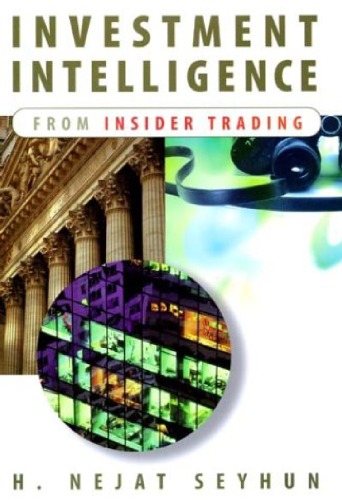دانلود کتاب Investment Intelligence from Insider Trading - Original PDF
Author:
H. Nejat Seyhun
0 (0)
توضیحات کتاب :
The term insider trading refers to the stock transactions of the officers, directors, and large shareholders of a firm. Many investors believe that corporate insiders, informed about their firms' prospects, buy and sell their own firm's stock at favorable times, reaping significant profits. Given the extra costs and risks of an active trading strategy, the key question for stock market investors is whether the publicly available insider-trading information can help them to outperform a simple passive index fund. Basing his insights on an exhaustive data set that captures information on all reported insider trading in all publicly held firms over the past twenty-one years—over one million transactions!—H. Nejat Seyhun shows how investors can use insider information to their advantage. He documents the magnitude and duration of the stock price movements following insider trading, determinants of insiders' profits, and the risks associated with imitating insider trading. He looks at the likely performance of individual firms and of the overall stock market, and compares the value of what one can learn from insider trading with commonly used measures of value such as price-earnings ratio, book-to-market ratio, and dividend yield.
سرچ در وردکت | سرچ در گودریدز | سرچ در اب بوکز | سرچ در آمازون | سرچ در گوگل بوک
1,196 بازدید 0 خرید










